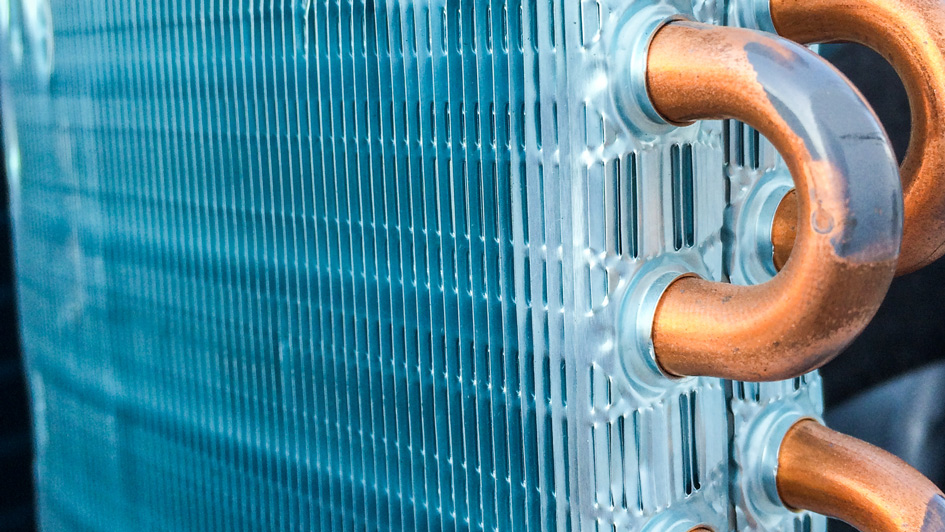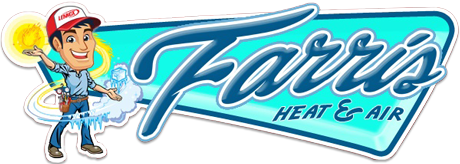
A furnace is often a background player at home, helping keep you warm across the cold winter months. It often won't be noticed until something breaks down.
One root cause might be that your furnace has a cracked heat exchanger. It’s a potentially dangerous issue, so it’s important to know the evidence of a cracked heat exchanger and what you can do if you suspect that may be the problem.
What Is a Heat Exchanger in a Furnace?
A heat exchanger helps move heat from the combustion chamber of your furnace to the air that moves inside the system. It usually accomplishes this through coils or tubes that heat up the air while acting as a barrier to keep gas formed in the combustion chamber, called flue gasses, from getting out into your home.
Is a Cracked Heat Exchanger Dangerous?
Thanks to its key role, it isn't surprising that a damaged heat exchanger can be hazardous. A crack in the heat exchanger can permit dangerous gasses – such as carbon monoxide, which can be lethal – to circulate across your home.
For that reason, don't ever run your heating if you think there's a crack in the heat exchanger, as letting it run could make the entire family ill. Call an HVAC professional immediately if you believe your furnace has a cracked heat exchanger that needs to be repaired.
Four Symptoms of a Cracked Heat Exchanger:
- Furnace switches off: Cracks in the heat exchanger may cause your furnace to shut off.
- Strange Smells: If the air leaving your furnace has a powerful chemical smell, it might be a sign gas is seeping through cracks in your heat exchanger. These gasses, which will often smell like formaldehyde, are a significant warning sign.
- Carbon monoxide alarm goes off or you recognize symptoms of poisoning: If a cracked heat exchanger is relieving carbon monoxide in your home, your carbon monoxide alarm could go off or household members may experience signs of carbon monoxide poisoning. Side effects include headaches, dizziness, weakness, nausea, vomiting or feeling tired. If an alarm goes off or you feel sick, leave the home as soon as you can and then call for help.
- Soot: If you spot black sooty accumulating near the exterior of your furnace, it’s another sign something might be seriously wrong.
What to Do if the Furnace Heat Exchanger is Cracked
If you worry your furnace has a cracked heat exchanger, contact a pro experienced in furnace installation Bartlesville as soon as possible so they can inspect your system and, if required, handle a furnace heat exchanger replacement. Costs should differ depending on the situation, but estimates can roughly suggest $1,000 to $3,000.
However, the good news is that heat exchangers are regularly covered by the warranty. It's a good idea to confirm the warranty paperwork on your furnace, as while the warranty may not cover the entire cost of repairs, it still may significantly lower your bill.
How to Prevent a Cracked Heat Exchanger in Your Home
One of the most convenient ways to avoid problems in your furnace overall is with routine furnace maintenance. Furnaces provide the best possible return on investment when they work efficiently. Hiring a skilled professional to inspect your furnace for old parts, clogged filters and other common problems can keep you from getting a big bill later on.
It’s also a good idea to inspect your furnace filters every few months – it’s encouraged some filters be changed every 90 days or sooner if they are dirty or grimy. While the filters aren't connected to the heat exchanger itself, the strain of drawing air through a clogged filter makes your entire furnace work longer to do its job. And the harder your furnace has to work, the more wear and tear parts like the heat exchanger will endure.
